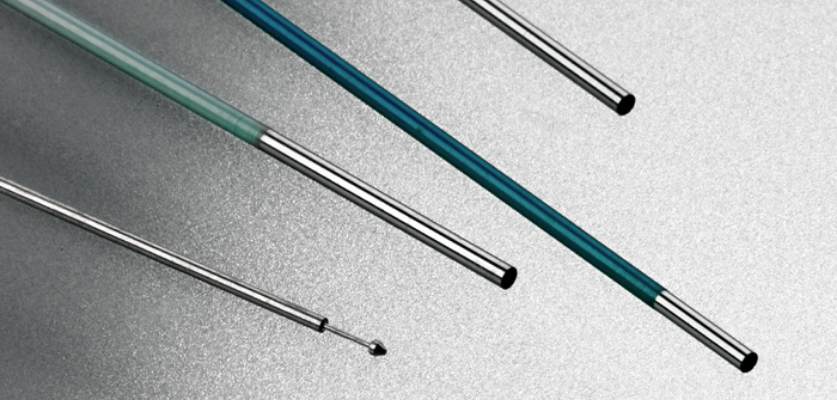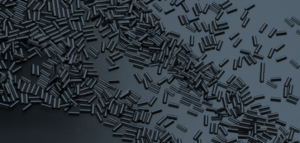Sure, it’s precise — but is it right for 2-axis precision metal cutting?
On the spectrum of precision metal cutting method, it’s easy to understand the allure of laser cutting. Versatile and precise, it produces tight tolerances and small kerfs. And perhaps thanks to science fiction, there is a natural fascination with the idea of using a highly focused beam of light — something so seemingly ethereal — to melt, burn, or vaporize a hard material such as metal.
However, because laser cutting is generally slow and expensive, there must be compelling advantages — and a realistic cost calculation — in order to justify using a laser method for 2-axis cut off applications.
Some Laser Basics
In general terms, laser cutting machines range from large, powerful, and aggressive to small, slow, and precise. Large power lasers make fast cuts. However, these more powerful lasers produce rough end cut surface finishes and a wide, deep heat-affected zone. Lower power lasers cut with less damage to the metal — although there is still some damage — but take longer.
The workhorse for 2-axis cutting is the CO2 flying optic laser (and its hybrids), which can be used on a wide variety of materials. The neodymium (Nd) laser is used where high energy but low repetition is required. The neodymium yttrium-aluminum-garnet (Nd-YAG) laser is used where very high power is needed. The ultraviolet (UV) laser is mainly used for production of non-metal parts.
Some Pros of Laser Cutting
With laser cutting, obviously the laser beam does not wear out during the cutting process. That means there is no degradation of the cutting process, and the results can be easily and accurately repeated.
While the technology of a laser metal cutting machine is ideal for complex shapes, there are some pluses for simple 2-axis cutoff. Laser cutting can produce a small kerf, with widths as small as 0.004” (0.10 mm); however, those results and the kerf width will depend on the thickness of the material. On thin metal, lasers can cut precisely with tolerances as tight as ±0.001”.
Lasers are capable of being used with many metals and different material thicknesses. As far as tube cutting methods are concerned, the laser method can be used. However, the inside of the tube must first be coated with antispatter fluid — an added step (and added cost) in the cutting process.
Some Downsides of Laser for Metal Cutting
Cutting thicker materials requires a more powerful laser, which produces a rougher finish. Therefore, metal cutting with a laser is not ideal when you need to cut a material thicker than 0.5” (12.7 mm). Also, laser cutting of metal is not well suited to highly reflective metals such as aluminum, brass, and copper.
The heat produced with lasers is intense, so the laser must be carefully set, monitored, and adjusted to prevent heat stress damage to the workpiece. And, it’s worth noting that lasers consume large amounts of energy, which can add to operational expense.
With laser cutting, materials must be cut one at time and cannot be bundled together to achieve multiple cutoffs. The need to cut parts individually significantly and adversely affects production time and cost. This is another characteristic that makes laser slower and more expensive than other precision metal cutting methods.
Resist the Allure?
For 2-axis cutoff, the cost of laser cutting in time and money is often more than can be justified, especially where other methods can produce excellent results at a better price. (Of course, some day we may be talking instead about 3D additive laser printing of metal as a method for precision parts manufacturing. However, for now the technology is just not ready!)
Deciding whether laser is your best precision metal cutting option requires an in-depth understanding of your unique application and its specific parameters, as well as an understanding of the other cutting methods and a realistic evaluation of costs.
How does laser cutting compare with other precision metal cutting methods? Read more to find out.






